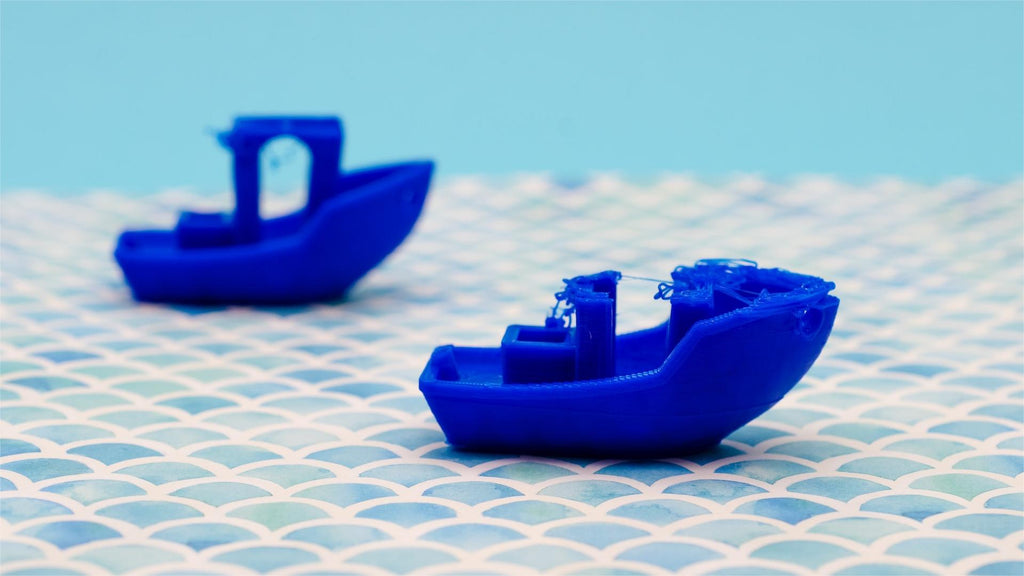3D printing has revolutionized the manufacturing industry, allowing for the creation of complex and intricate designs with ease. However, like any technology, 3D printing is not without its challenges. In this article, we will explore the top 5 common issues that arise in 3D printing troubleshooting and how to address them effectively.

1. Layer Adhesion
One of the most common issues in 3D printing troubleshooting is poor layer adhesion. This occurs when the layers of the print do not bond together properly, resulting in a weak and brittle final product. Several factors can contribute to this issue, including improper print settings, low-quality filament, or a malfunctioning extruder. To address this issue, it is essential to ensure that the print settings are optimized for the specific filament being used, and that the extruder is functioning correctly. Additionally, using a higher quality filament can significantly improve layer adhesion and overall print quality.
2. Warping
Warping is another common issue that plagues 3D printing troubleshooting. This occurs when the corners of the print lift or curl upward, causing the object to lose its intended shape. Warping is often the result of uneven cooling or poor bed adhesion. To mitigate this issue, it is crucial to ensure that the print bed is properly leveled and heated to the appropriate temperature. Additionally, using a heated enclosure or brim can help to maintain consistent cooling and prevent warping.
3. Nozzle Clogging
Nozzle clogging is a frustrating issue that can halt the 3D printing process altogether. This occurs when debris or filament residue obstructs the nozzle, preventing the smooth flow of filament. To prevent and address this issue, regular maintenance of the printer's nozzle is essential. This includes cleaning the nozzle and performing regular filament purges to remove any debris or residue. Additionally, using high-quality filament and ensuring proper print settings can help to reduce the likelihood of nozzle clogging.
4. Inconsistent Extrusion
Inconsistent extrusion is a common issue that results in uneven and flawed prints. This occurs when the printer's extruder fails to maintain a consistent flow of filament, leading to gaps and inconsistencies in the print. To address this issue, it is important to check the extruder for any signs of wear or damage, and to ensure that the filament is feeding smoothly. Additionally, adjusting the print speed and temperature settings can help to improve extrusion consistency and overall print quality.
5. Misalignment
Misalignment is a common issue that can result in skewed and distorted prints. This occurs when the printer's axes are not properly calibrated, leading to inaccuracies in the print. To address this issue, it is essential to regularly calibrate the printer's axes and ensure that the build platform is level and stable. Additionally, using support structures and adjusting the print orientation can help to mitigate the effects of misalignment and improve print accuracy.
By understanding and addressing these common issues in 3D printing troubleshooting, enthusiasts and professionals alike can achieve higher quality prints and a more seamless printing process. Whether it's optimizing print settings, maintaining the printer's components, or implementing preventative measures, proactive troubleshooting is key to overcoming the challenges of 3D printing.








